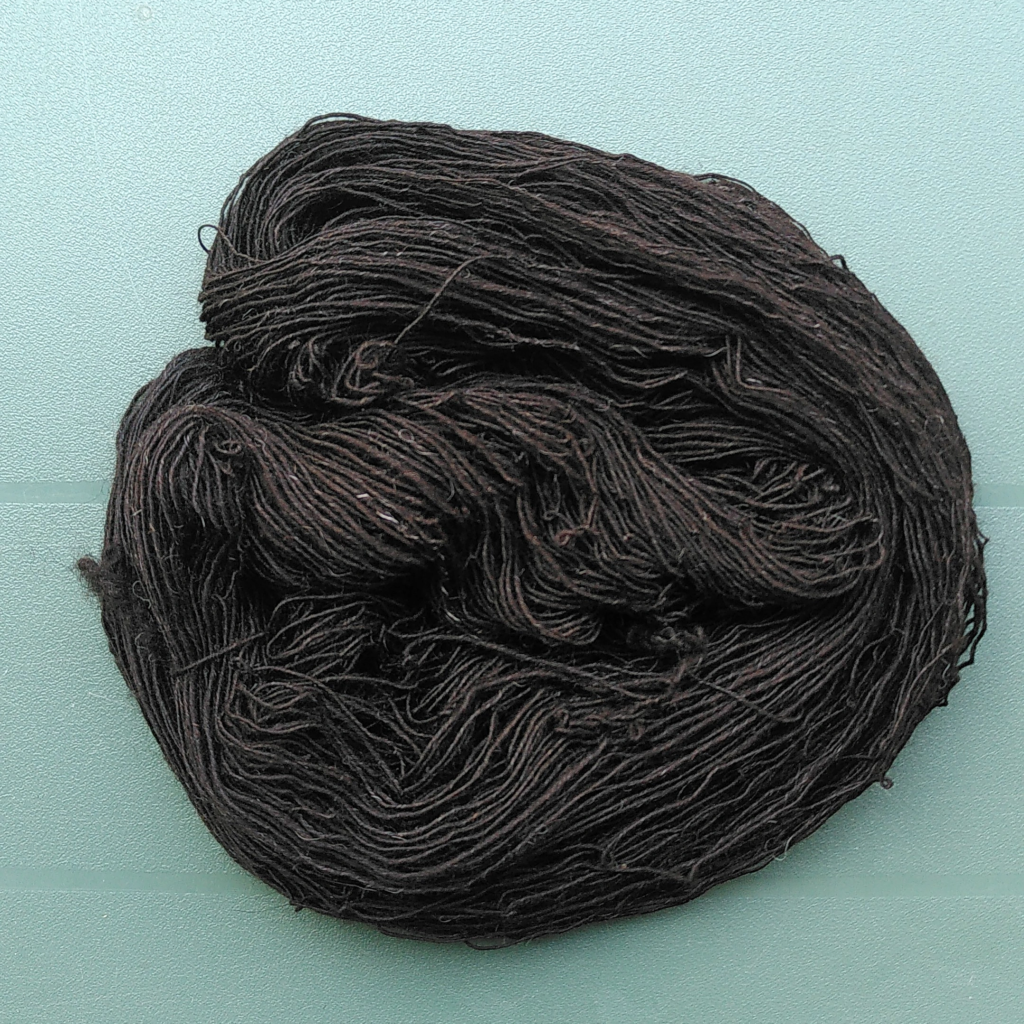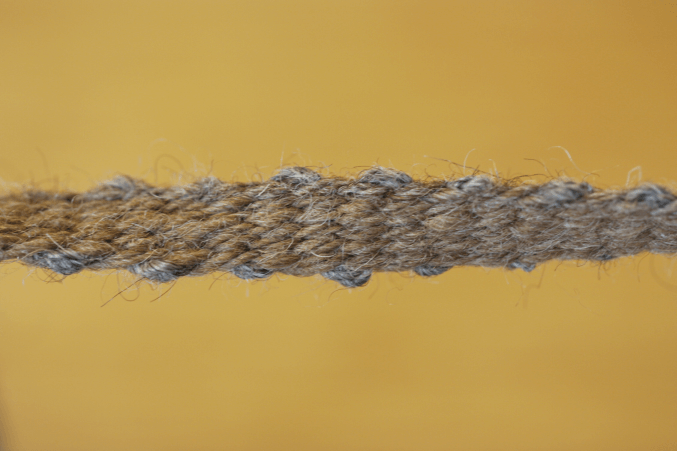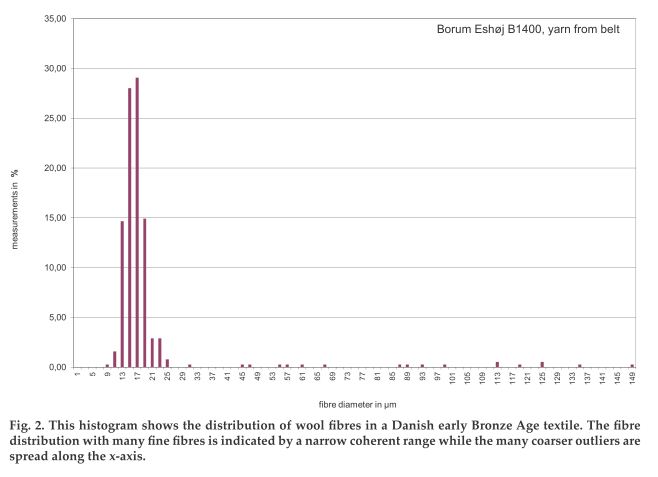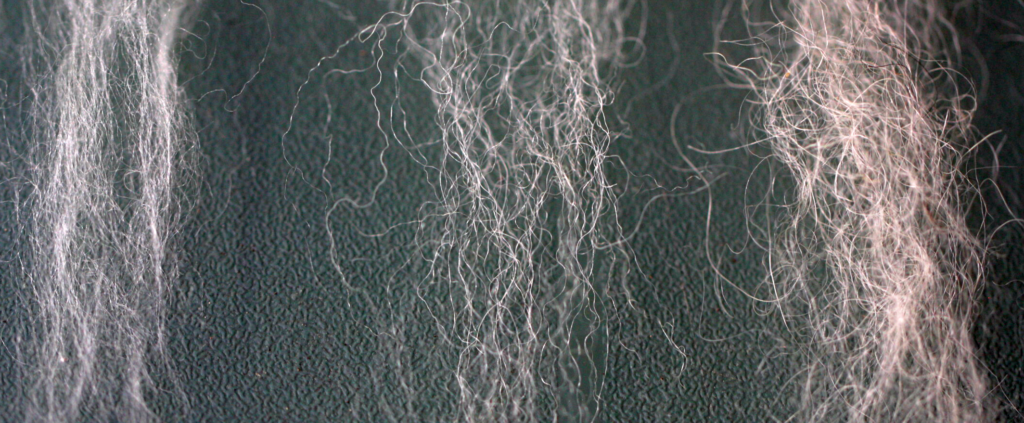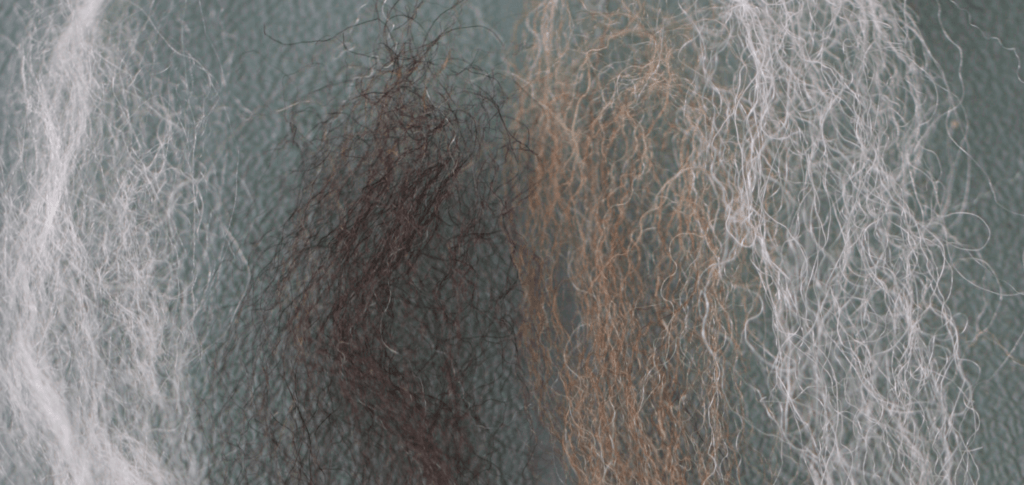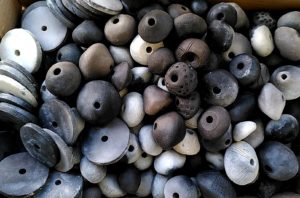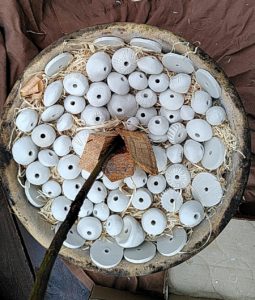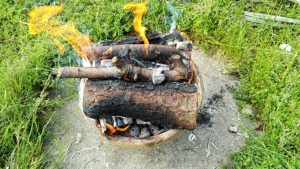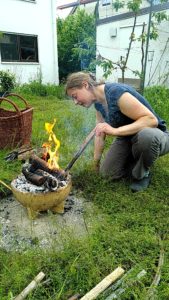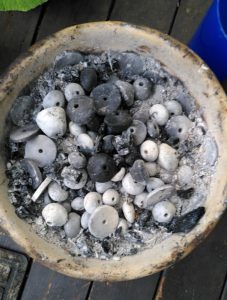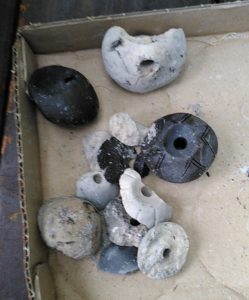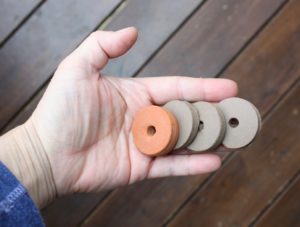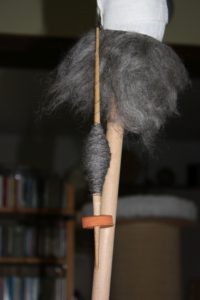I'm back! And, can you believe it, it feels like I'm almost back on track? I'm sort of half-expecting and half-fearing, though, that I will find out any minute now that I am way more behind than I thought I am...
This year has been sort of crazy in regard to our summer holiday, and the summer break, with a lot of things lining up more or less seamlessly. That meant very little breathing space inbetween... so we ended up going off on holidays directly on our first free day, instead of taking one or two days off at home for preparing the trip and doing all the home things that should be done before.
And just like the holidays began - as in "very suddenly" - I'm back and there's things on the agenda for the next days already, starting with a talk (in German) about two experiments that took place during past European Textile Forums. At 19:00 CET tomorrow, I will be chatting with Franz Pieler, director of the MAMUZ in Austria, about the spinning experiment and the Pompeii dyeing experiment.
Here's the link to the MAMUZ site, where you'll be able to follow the livestream (which will also be available later).
Next thing to come up in line is the next German Online Spinning course, Tuesday next week - so on the 28th of September, starting at 18:00. There's still some spaces left, so if you book your spot now, you can join in with the fun.
For English speakers, the next online spinning course is on November 5, 10:30 CET (it's the Down Under Edition, hence the morning start). Again, there's spaces still free, and you can learn more about it here (and book as well).
And now I'll get back to catching up some more...
This year has been sort of crazy in regard to our summer holiday, and the summer break, with a lot of things lining up more or less seamlessly. That meant very little breathing space inbetween... so we ended up going off on holidays directly on our first free day, instead of taking one or two days off at home for preparing the trip and doing all the home things that should be done before.
And just like the holidays began - as in "very suddenly" - I'm back and there's things on the agenda for the next days already, starting with a talk (in German) about two experiments that took place during past European Textile Forums. At 19:00 CET tomorrow, I will be chatting with Franz Pieler, director of the MAMUZ in Austria, about the spinning experiment and the Pompeii dyeing experiment.
Here's the link to the MAMUZ site, where you'll be able to follow the livestream (which will also be available later).
Next thing to come up in line is the next German Online Spinning course, Tuesday next week - so on the 28th of September, starting at 18:00. There's still some spaces left, so if you book your spot now, you can join in with the fun.
For English speakers, the next online spinning course is on November 5, 10:30 CET (it's the Down Under Edition, hence the morning start). Again, there's spaces still free, and you can learn more about it here (and book as well).
And now I'll get back to catching up some more...




